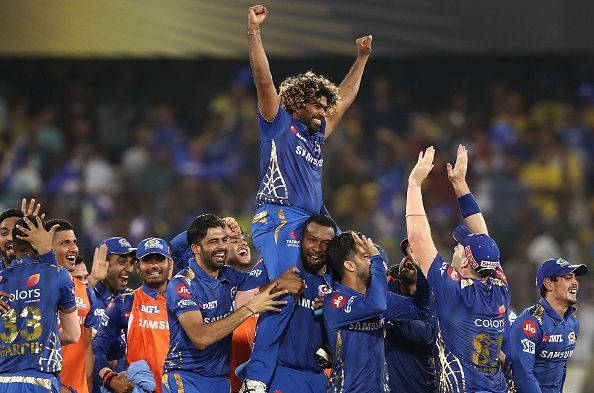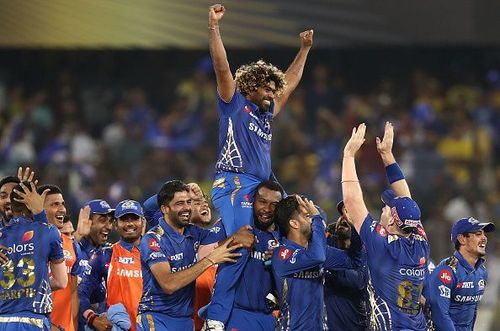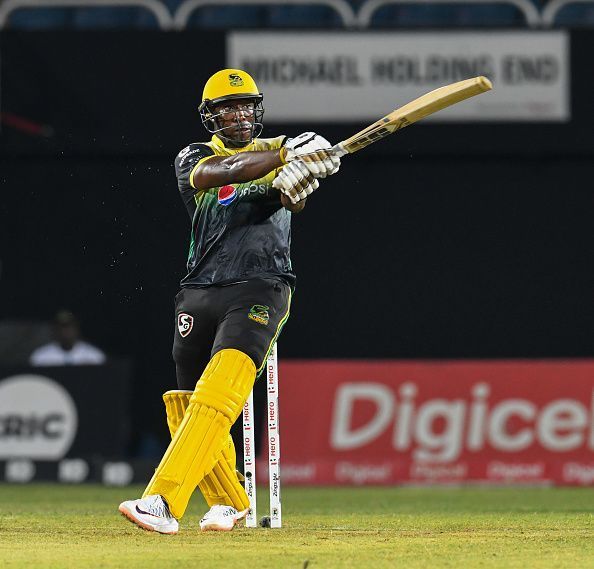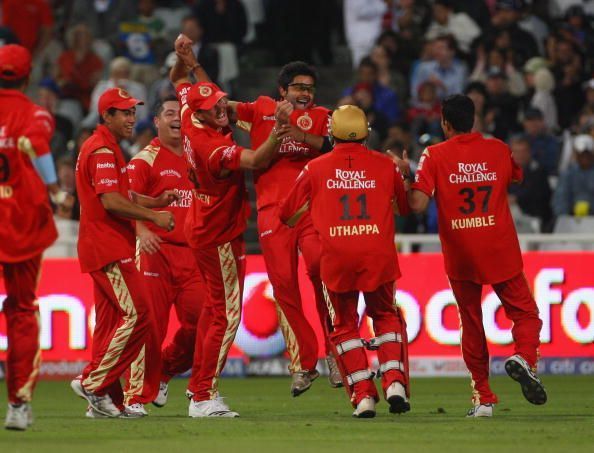
IPL 2020: How the 'Power Player' rule can change the game

Ever since the inception of the Indian Premier League in 2008, the shortest format of the game has evolved by leaps and bounds. Cricket has become more fast-paced, and now requires new levels of physical fitness - thus opening the doors to a new era of professionalism and competitiveness.
The IPL has never shied away from introducing new concepts, such as the Strategic Time-out which was seen for the first time in the 2009 edition of the league. However, the new 'Power Player' concept, if implemented, could divide the Indian cricket fans.
But first, what exactly is the 'Power Player' rule?
The Power Player concept fundamentally changes the dynamic of a team. Rather than the team management deciding upon a fixed playing XI prior to the match, they will select a pool of 15 players. This would allow the team to substitute players at the fall of a wicket or in between overs, so long as the substituted player is part of the pool of 15.
A BCCI official has stated that the Power Player concept is in the works, and that it will be discussed again in the IPL Governing Council meeting on 5 November. If the proposal is not contested, the rule will most likely be implemented in the upcoming Syed Mushtaq Ali Trophy.
How would this rule be implemented in games?
The BCCI official said, “Imagine you need 20 runs off the last six balls and you have Andre Russell sitting in the dugout as he wasn’t a hundred percent and wasn’t part of the original XI. But now, he can just walk in and go slam-bang and win you the game.

“Similarly, say you need to defend six runs off the last over and you have someone like a Jasprit Bumrah sitting in the dugout. So what does the captain do? Brings in Bumrah at the end of the 19th over and there you go. The concept has the potential to change the game.”
However, I personally don't see teams benefiting too much from situations like these. Why would someone like Bumrah or Russell not be part of the XI to begin with?
I believe this new concept will be more influential in other ways, especially with respect to top-order batting collapses and management of over-quotas in the death overs. Take Mumbai Indians for example.
Consider a scenario in which Rohit Sharma, Quinton de Kock and Suryakumar Yadav have all lost their wickets within the first five overs of the game. Would the team management prefer to send in Ishan Kishan (part of the original XI), who will play his natural aggressive game, or another top order batsman like Siddhesh Lad (from the 15-man pool) to play a clam innings and get the side back on track?
In fact, the new concept may eliminate the need for a good tail entirely, and the bowlers may not have to bat at all.
Consider another scenario. The Royal Challengers Bangalore are defending a target. Dale Steyn is set to bowl the 19th over, but who will bowl the 20th? Their strike bowler, Umesh Yadav has been hit all over the park. In a case like this, the team management could easily substitute another bowler, such as Mohammed Siraj or Shivam Dube, to bowl the final over.

Would this new rule lead to bigger totals?
It would, but not as much as one might think. While teams' batting lineups would certainly be strengthened, their bowling lineups would be as well.
With this new rule, a team can afford to have specialist powerplay bowlers and specialist death overs bowlers. Batsmen usually target certain bowlers and look to score a majority of runs off their bowling, but this rule may change that.
Conclusion
This rule will definitely change the nature of the game forever. A way to limit its impact on the would be to limit the number of substitutions made to one or two per game. However, like all new rules, this will only lead to a higher standard and quality of play, which in the end, is what is best for the game.
Follow Sportskeeda for all the updates on IND vs BAN head to head, IND vs BAN schedule 2019, news, results, points table, most runs, most wickets and fantasy tips.